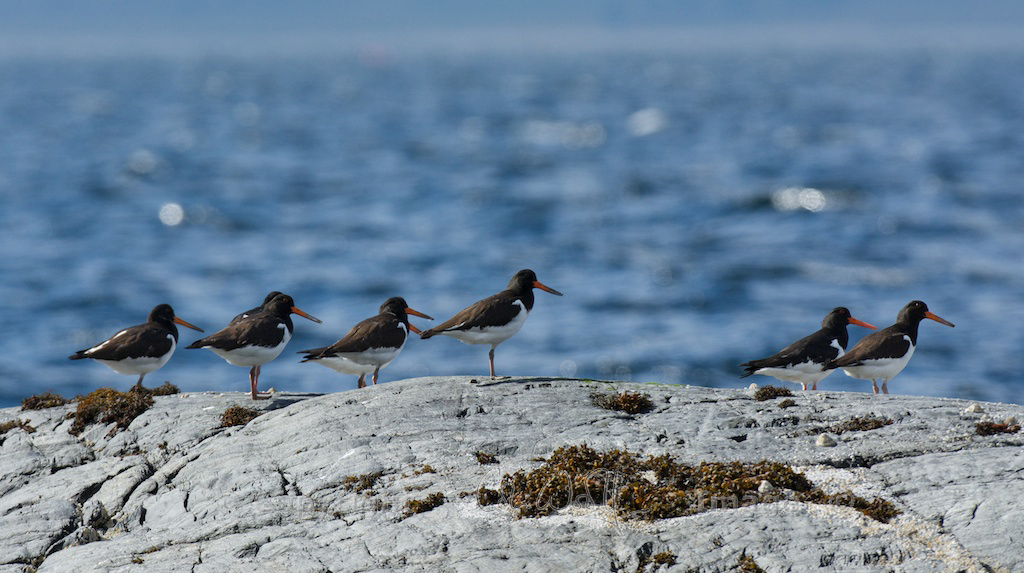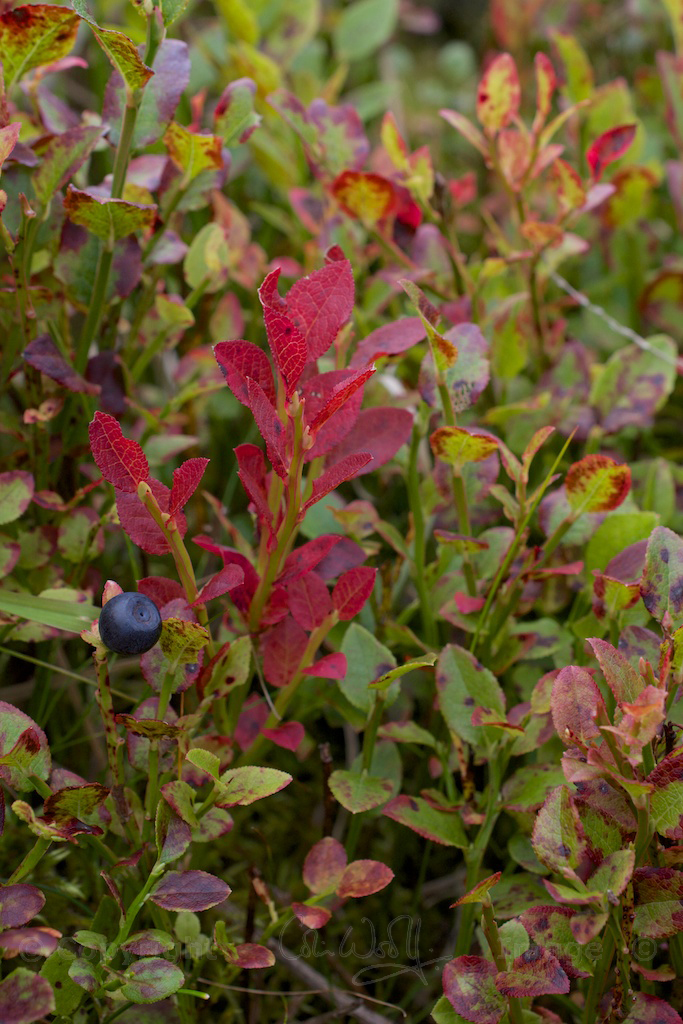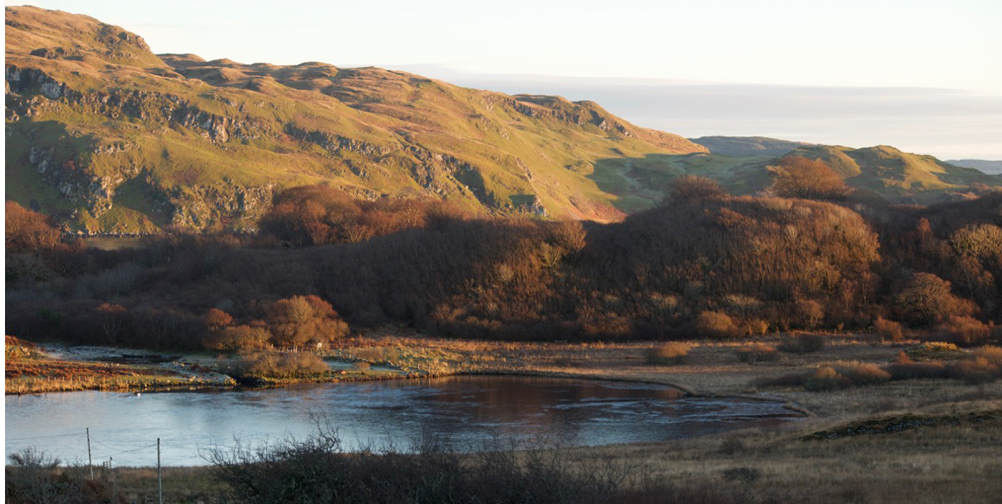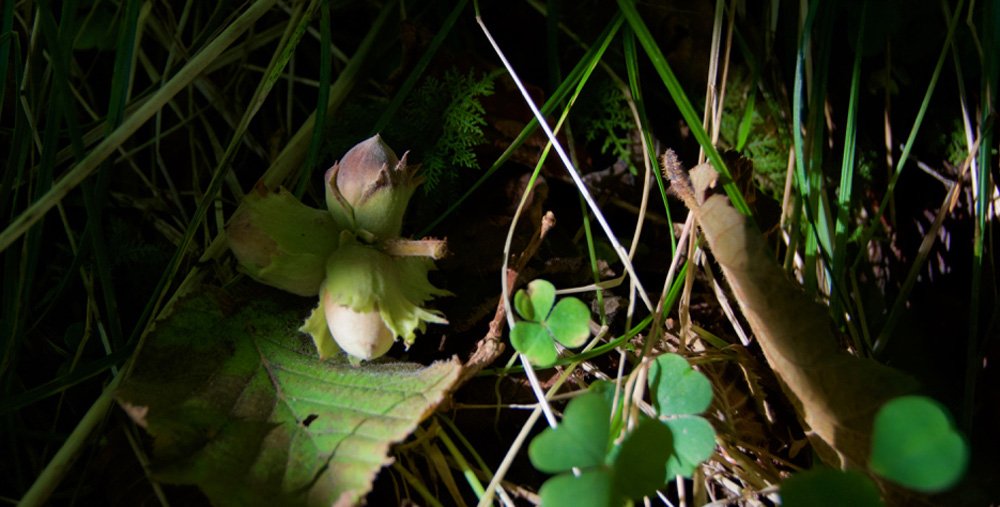
In a nutshell: the oystercatcher
For me, the calls of oystercatchers are so evocative of the beautiful shores of western Scotland and the islands.
I was delighted to discover that their name in Gaelic is ‘Gille-brìghde’, meaning the page or servant of Bride. Bride, in this instance, is St Brigit, but her roots are entwined with a much older, pagan goddess of the same name, whose festival at Imbolc (1st February) welcomed the return of lighter days after the darkness of winter. St Brigit is said to have called wild birds to her hand, and in rough weather she sent them to guide sailors to safety.
An old folk tradition, confirmed by recent observations, says that oystercatchers always return to the straths (river valleys) from the seashore around St Valentine’s Day, in order to begin pairing and nesting.
Photo copyright © Colin Woolf





4 Comments
mariegm1210
Las year we had one pecking at our roof light in Gifford – it must have thought it was a pond!
Jo Woolf
Oh no! That could have been a bit awkward! I hope he gave up after a bit!
Dancing Beastie
It’s true! They always return to us on or around Valentine’s Day: I listen for them screaming around the castle, the sound heralding the start of the growing season. If St. Bride calls them at Imbolc, it all makes sense.
Jo Woolf
Wonderful! Really pleased to hear that! 🙂 I hadn’t noticed the timing myself because we don’t get many of them around here. These old folk tales have a habit of turning out to be so true – and I love that, because it shows a wisdom that came before ‘science’.